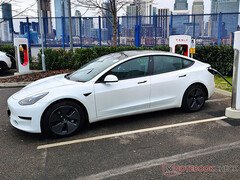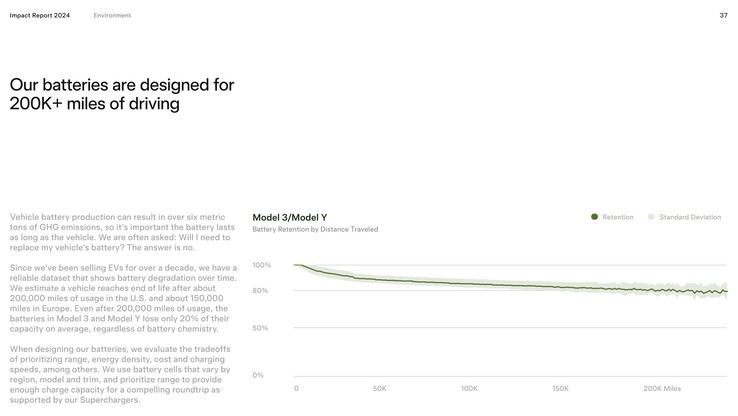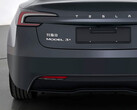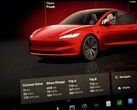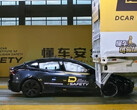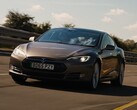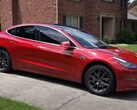After several older Model S vehicles covered an impressive distance on their original battery and motor, it's time for Tesla's newer sedan to start shining with hundreds of thousands of miles with mimimal maintenance.
A 2021 Tesla Model 3 was diagnosed with worn-out mount bushings after riding for about 255,000 miles on its factory motor and battery. The repair shop was pretty impressed by the achivement of the electric vehicle that doubled as an Uber ride, and asked if they can pull up and publish the battery stats.
It turned out that despite the high mileage on the original battery of the RWD Model 3, the pack lost no more than 12% of its original capacity. Interestingly enough, an earlier 150,000-mile achievement on a different Model 3 returned ten percent degradation, indicating that a minimal capacity loss occurred for the next 100,000 miles.
Both Tesla's official charts and anecdotal observations confirm that the EV battery degradation curve starts fairly steep in the first 50,000 miles or so, and then levels off for the remainder of the useful life cycle of the vehicle.
The owner of the high-mileage Model 3 charged it on fast DC chargers about 30% of the time, and the rest of the time it was topped off at AC home units like the 80A Tesla Gen 2 Wall Connector. The LFP battery chemistry allows charging to 100% with little difference in degradation numbers compared to partial charging, too.
Since the owner felt a sudden jerk when accelerating, they took the Model 3 to the shop to learn that the original motor is fine, but its mount bushings needed to be replaced and that was their first more significant visit there. In the meantime, when accounting for the price of gas, they saved about US$24,000 in fuel costs since 2021, not accounting for other regular maintenance that ICE vehicles undergo.
Source(s)
EV Workz (FB)




